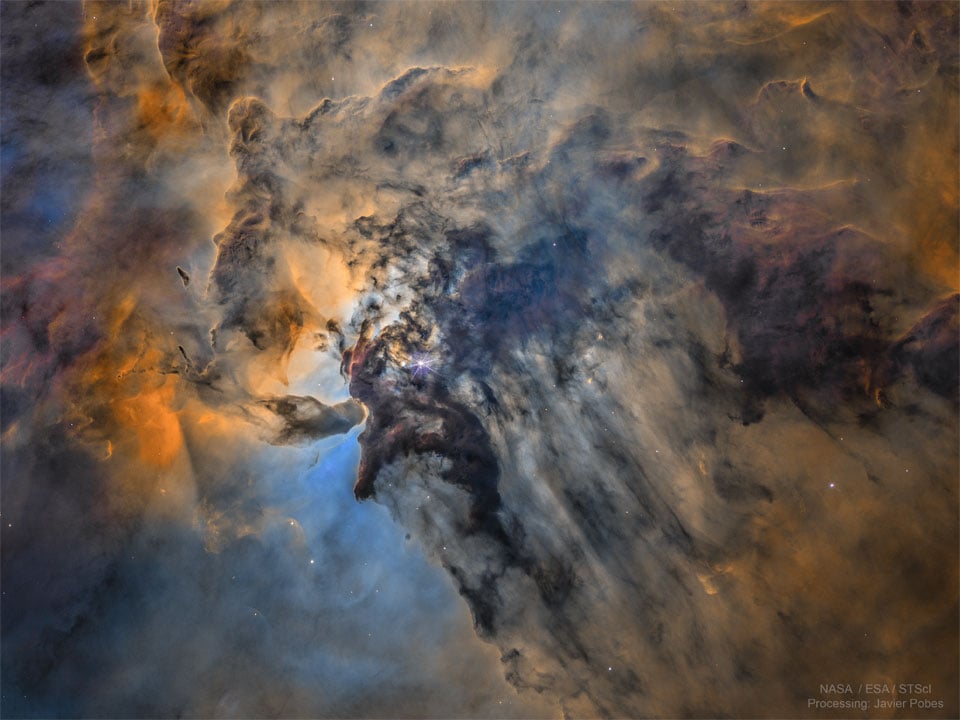“A redshift of one corresponds to a distance of more than 10 billion light-years. JWST’s studies showed that JADES-GS-z14-0 has a redshift of 14.32, the highest ever recorded.”
Wow!
“Usually gases like oxygen show up only after large groups of stars have lived their lives and died in supernova explosions,” Hainline says. “So seeing oxygen in a galaxy this young is like if you are an anthropologist and you find an enormous, ancient city that has evidence of iPhones.”
That just boggles the mind!
Can’t wait to get more data on this wee, spry, bizarre find.
